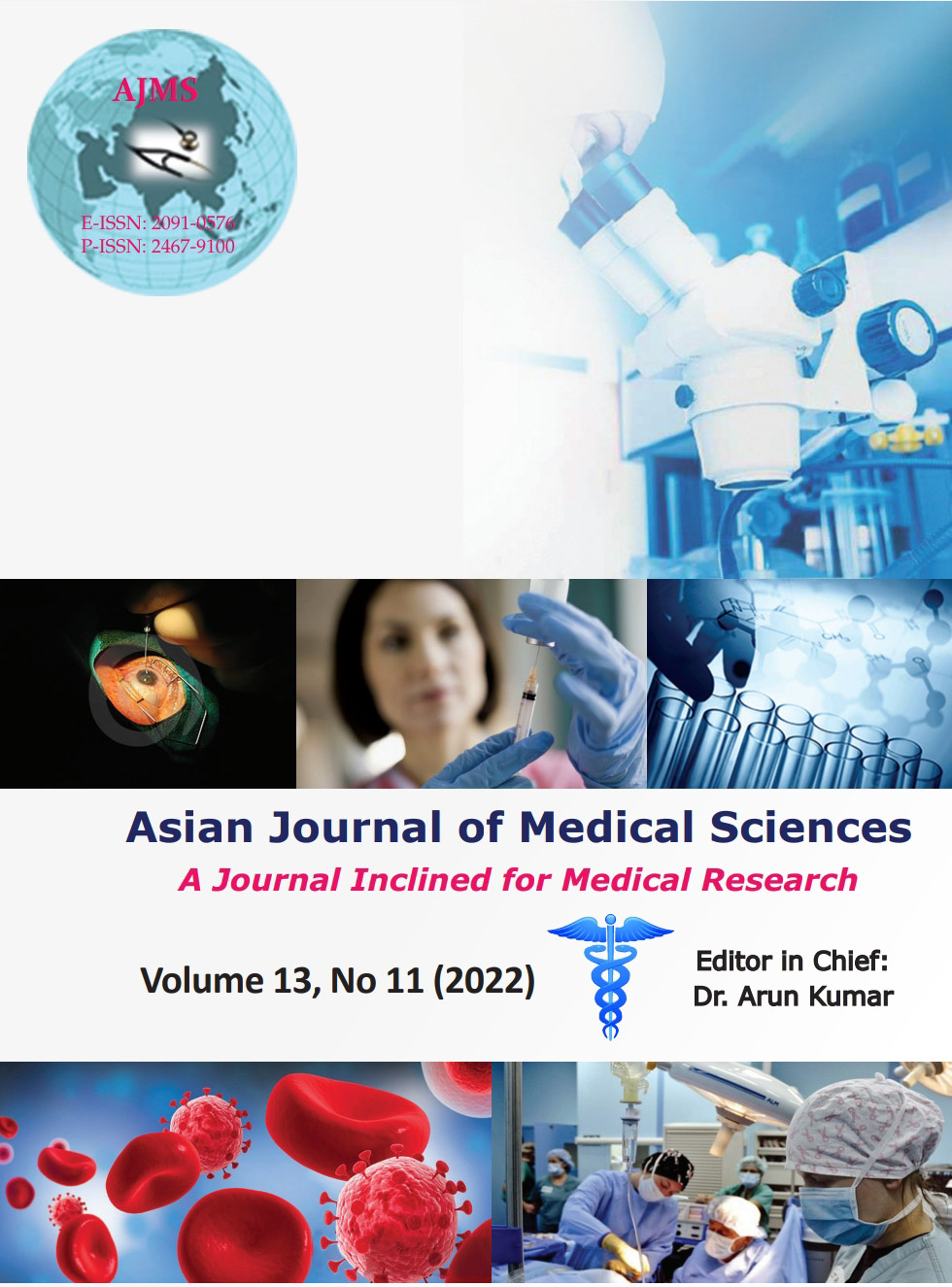A prospective study evaluating patterns of liver siderosis in beta-thalassemia major patients undergoing splenectomy
Keywords:
Blood transfusion; Beta-thalassemia; Siderosis; Hemosiderosis; Iron overloadAbstract
Background: Hepatic iron overload resulting from multiple red cell transfusions over a long period of time is a complication of thalassemia major. Hepatocellular iron deposits with a decreasing gradient from periportal to centrilobular areas in the liver have been referred to as the HH pattern and those deposits primarily in reticuloendothelial cells and macrophages with occasional heterogeneous deposits in periportal hepatocytes are referred to as the non-HH pattern.
Aims and Objectives: The purpose of this study was to evaluate patterns of liver siderosis in these patients and correlate with number of units of blood transfused.
Materials and Methods: Thirty beta-thalassemia patients were selected, having splenomegaly and during splenectomy, liver biopsy was taken and sent for histopathology examination and pattern of siderosis was noted as HH (Hepatocytes), non-HH (Reticuloendothelial cells/Kupffer cells/macrophages) or HH; non-HH (Mixed).
Results: Mean number of units transfused was 48.429±9.53 (SD) for patients having HH pattern of liver siderosis whereas it was 58.667±13.27 (SD) for patients having HH; non-HH pattern of liver siderosis. Independent-samples non-parametric Mann–Whitney U test was performed and P-value was found to be 0.028 which emphasized that total number of units of blood transfused vary significantly with two groups showing different patterns of siderosis.
Conclusion: Hence, pattern of liver siderosis can be a good indicator for transfusional iron overload in beta-thalassemia major patients.
Downloads
Downloads
Published
How to Cite
Issue
Section
License
Copyright (c) 2022 Asian Journal of Medical Sciences

This work is licensed under a Creative Commons Attribution-NonCommercial 4.0 International License.
Authors who publish with this journal agree to the following terms:
- The journal holds copyright and publishes the work under a Creative Commons CC-BY-NC license that permits use, distribution and reprduction in any medium, provided the original work is properly cited and is not used for commercial purposes. The journal should be recognised as the original publisher of this work.
- Authors are able to enter into separate, additional contractual arrangements for the non-exclusive distribution of the journal's published version of the work (e.g., post it to an institutional repository or publish it in a book), with an acknowledgement of its initial publication in this journal.
- Authors are permitted and encouraged to post their work online (e.g., in institutional repositories or on their website) prior to and during the submission process, as it can lead to productive exchanges, as well as earlier and greater citation of published work (See The Effect of Open Access).




